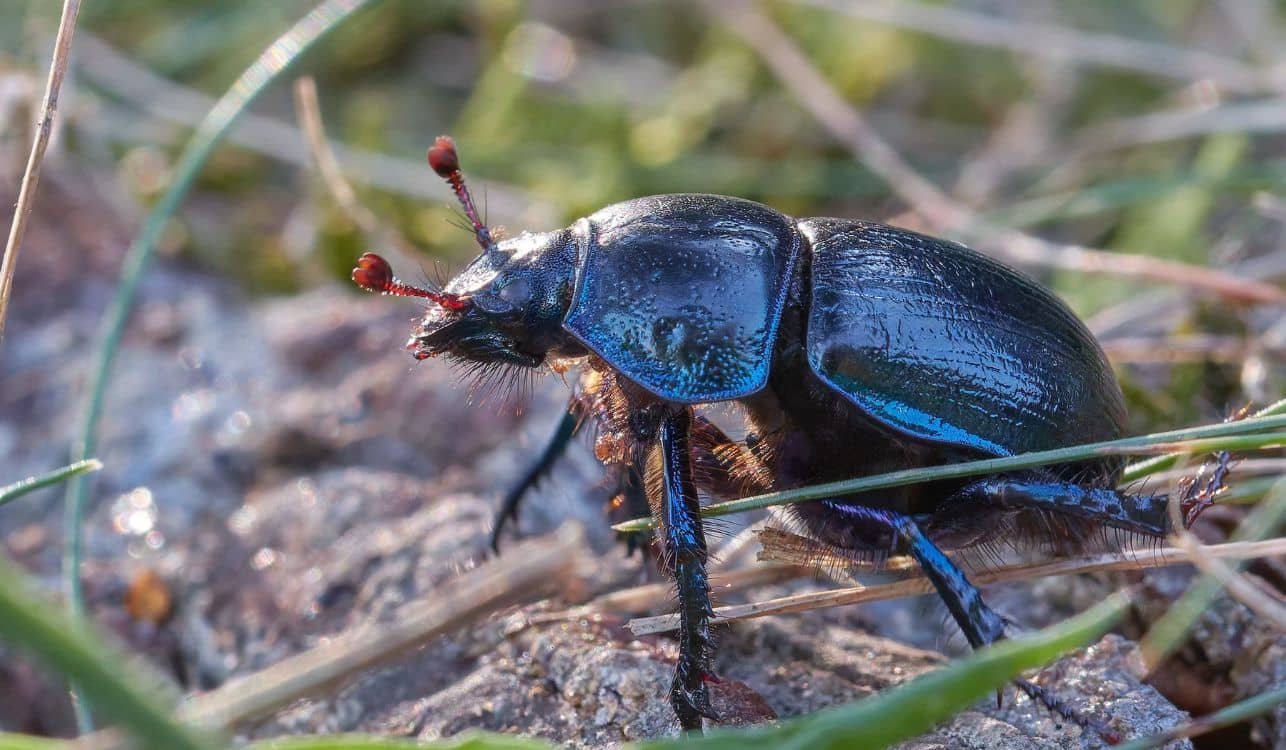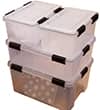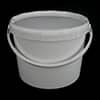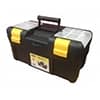Insect populations in the UK are in decline, sparking fears they may no longer be able to fulfil their vital role in crop production if the trend continues.
A government report, Insect Decline and UK Food Security, reveals a “concerning trend” of decreasing numbers of insects, less diversity of species and changes in distribution. The findings were based on long-term studies of insect populations, such as the Rothamsted Insect Survey, which was launched in 1964.

© Filip Senigl / Shutterstock.com
This is worrying news for the planet and population, as insects contribute to the production of food in various ways including pollination, managing crop pests, recycling nutrients from waste and maintaining soil health.
Insect conservation and diversity is crucial to our food supply and members of the public are urged to become proactive in creating habitats to help insects thrive. Making a “bug hotel” for the garden out of recycled materials, such as used plastic bottles, will help ensure the future of various species.
How do insects contribute to food production?
Pollination by species such as honey bees, moths, wasps, beetles and butterflies: an insect that’s a good pollinator must be able to carry pollen on its body, even unintentionally, while visiting flowers of the same species, transferring pollen between the plants. Honey bees are exceptionally good pollinators, as studies estimate they increase crop yields by a massive 96%.
As well as pollinating plants, insects can help manage crop pests. Ants, wasps and ladybirds are particularly beneficial in controlling pests such as aphids and weevils, preventing them from destroying crops.
Insects are also useful for converting food and waste into biomass, such as when they turn organic waste from expired vegetables and fruit into nutrients and proteins.
What is the current status of the insect population?
Sadly, the number of bees has been in decline globally since the 1980s due to loss of habitat, changes in land use, pollution, weather extremes, disease and pesticides.
A joint study by nature conservation charity Buglife and the World Wildlife Fund revealed one-third of pollinator species worldwide had disappeared between 1980 and 2013. During 2024, the number of wasps and butterflies in the UK declined due to the winter and spring climate being wetter and colder than usual.
Since the 1970s, the number of butterfly species in the UK has reduced by 80%, according to Butterfly Conservation’s State of the UK Butterflies Report 2022, while the moth population has declined by 33% over the past five decades.
Studies monitoring the situation have emphasised the need for insect conservation - initiatives like bug hotels can help.
What is a bug hotel?
A bug hotel is a structure that provides shelter and resources for many insect species, helping to promote biodiversity. Creating an insect hotel in your garden can be fun as well as useful, as it’s something people of all ages can enjoy. In particular, it can encourage children to respect and help nature.
A bug hotel can be as big or as small as you choose, ranging from a structure the size of a birdhouse to a large building made of wooden pallets.
How to make a bug hotel
If you’re thinking of building a bug hotel in your garden, you’re in good company, as famous ones have been constructed in places such as outside York Minster Learning’s library in York and at Chester Zoo.
A great way of repurposing plastic bottles: plastic bottle recycling is an important part of combating pollution, as 90% of them are made from PET, which is particularly hard to break down, as is the HDPE used to make milk bottles.
Learning how to reuse plastic bottles for different purposes, such as insect houses, is important when you consider the average UK household uses 480 plastic drinks bottles per year, but only around 50% are recycled.
When you make an insect house, it doesn’t have to be perfect, as it’s not about the aesthetic appearance. Commonly made from natural materials such as bamboo, wood and straw; different compartments and a simple roof of planks and roofing felt, or old tiles, will help keep it dry inside.
Step-by-step guide to a DIY bug hotel
For a simple insect hotel, you’ll need some old wooden pallets and a number of plastic drinks bottles, including drinks and milk bottles, which should be washed out before repurposing them. Instead of sending plastic bottles to landfill sites, where they can harm the environment and wildlife, this is something useful to benefit nature.
Gather together twigs, sticks and leaves from your garden and grab a hammer and nails, or a drill if you’re confident enough to use one. You’ll also need a roof sealant and cardboard egg cartons.
Create a base by using a wooden pallet, either keeping the whole structure, or cutting it to the size you require. Then add a layer of plastic bottles, cutting the tops off them first and stuffing them with twigs and sticks to make individual compartments. Pierce the sides of the bottles in several places to aid ventilation. Add another pallet to create the next layer and secure the structure together with hammer and nails as you build upwards.
You can make it as big as you like, so the number of bottles required will vary depending on the size. Make sure the base is wide enough to support the height so it's sturdy and won’t fall or blow over.
Add a slanted roof of wooden planks on top of the final layer of plastic bottles, placing a layer of felt and egg boxes under the roof for extra insulation. The slanted roof will prevent rainwater from settling on top. It should overhang the compartments to protect the insects from getting wet or flooded.
Plant flower seeds around your bug hotel so there will be plenty of food for pollinating insects next spring. The structure should be placed in a suitable location, such as next to a wall or fence, so it’s sheltered from the elements. If possible, nail it to a fence or to sturdy wooden stakes in the ground for extra safety.





























































